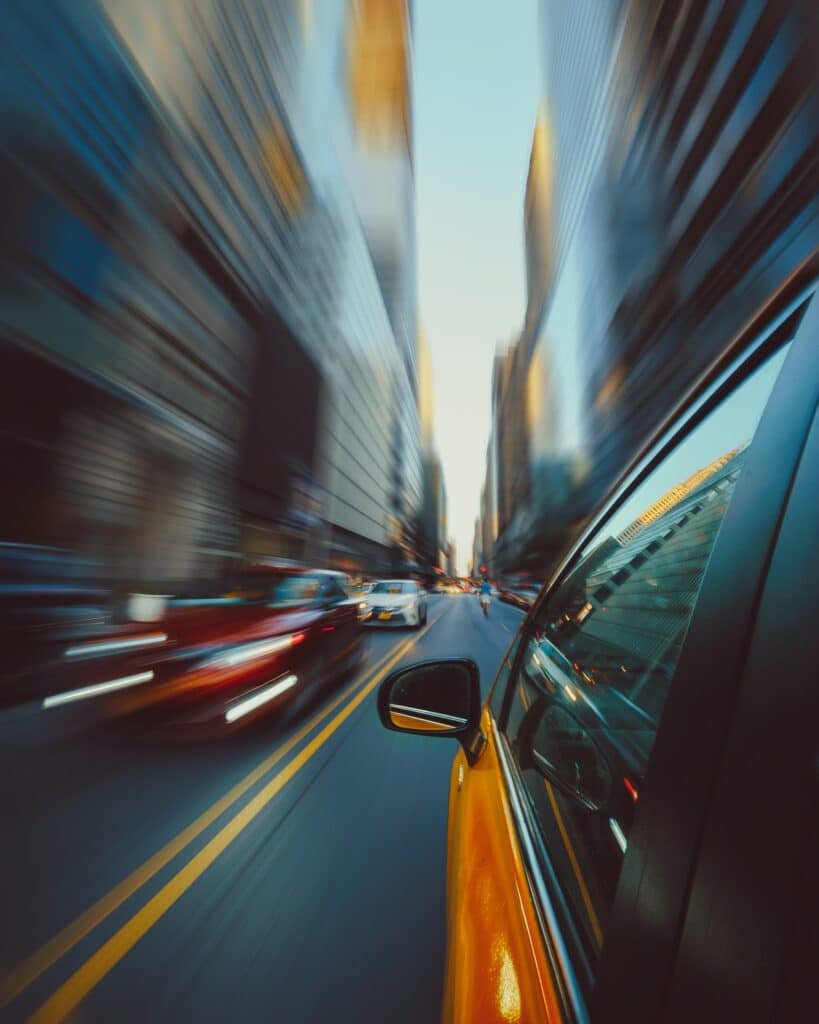“Traffic crash” brings to mind a collision between two or more vehicles, but that isn’t always the way it plays out. In fact, data from the National Highway Traffic Safety Administration (NHTSA) shows that about 40% of fatal motorcycle crashes involve only one vehicle. According to the Insurance Institute for Highway Safety (IIHS), the rate of single-vehicle fatalities generally is even higher, at about 53%. In 2018, more than 19,000 motor vehicle crash fatalities occurred in single-vehicle accidents.
When just one car, truck, or motorcycle is involved in a crash, it stands to reason that the driver of that vehicle was at fault. Sometimes that’s true. A significant percentage of single-vehicle motorcycle accidents involve drivers who were under the influence of alcohol. Other single-vehicle crashes may involve excessive speed and other recklessness on the part of the driver. But, that isn’t always the case. There are many ways another driver or another third party may contribute to an accident, even when there was no contact between vehicles.
Some examples include:
Contactless Accidents: A contactless traffic accident occurs when the actions of one driver cause or play a role in causing an accident even though the two vehicles don’t connect. One example might be a car drifting across the center line and causing an oncoming vehicle to swerve into a barrier or run off the road in an attempt to avoid collision. In this situation, the driver who crossed into the wrong lane of traffic may be wholly or partially responsible for the crash, even though there was no contact between the vehicles.
Road Debris: A road debris accident may involve a vehicle striking debris in the road or taking evasive action that leads to a crash. In this situation, the party responsible for the debris being in the road may be at least partly liable. That may be either the operator of another vehicle that dropped the debris or a responsible party such as a city government that failed to clean up the debris or secure the area.
Equipment Failure: When a single-vehicle accident occurs due to faulty equipment, such as brake failure on the road, the driver may be at least partly responsible. For instance, a driver will typically be responsible for an accident caused by his own faulty vehicle maintenance. But, if the problem was faulty design, manufacture, or installation, the manufacturer, seller, or mechanic may be at least partially liable.
Faulty Road Design: One often overlooked possible claim in traffic accidents, including single-vehicle crashes, is a design flaw. These may include blind spots at turns in the road, curves that are too sharp, failure to place barriers in known high-risk areas, traffic lights that change too quickly, poorly-marked entrances and exits or one-way streets, and other risk factors that have been left uncorrected.
These are just some of the most common examples of possible third-party liability in single-vehicle traffic crashes. The bottom line is that if you believe another driver, faulty maintenance, poor lighting, faulty equipment, an object in the roadway or some other factor beyond your control contributed to your single-vehicle crash, another party may be liable.
If you’ve sustained serious injury or lost a loved one and believe someone else may be responsible, you owe it to yourself to learn more about your rights and options. You may be able to recover partial damages even if you were partly responsible yourself.
The best place to start is a free consultation with an experienced local personal injury attorney. Attorney Kevin P. Broderick has devoted decades to helping injured people recover the compensation they need. Our firm has extensive experience with Massachusetts and New Hampshire car accident cases. And, it won’t cost you a thing to gather the information you need. You can schedule a free, no-obligation consultation by calling 978-459-3085 or filling out the contact form on this site.

